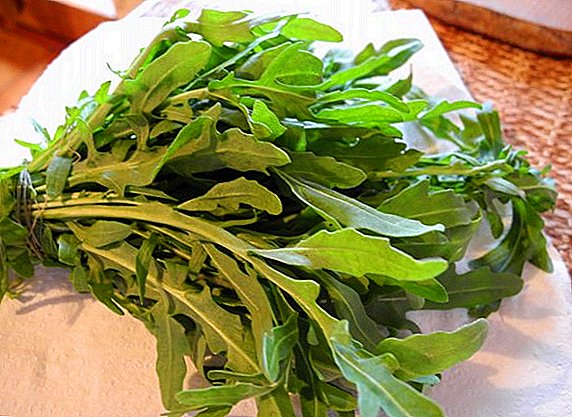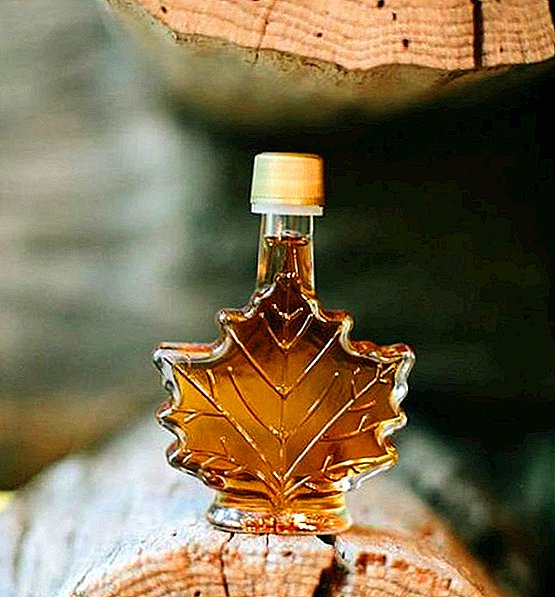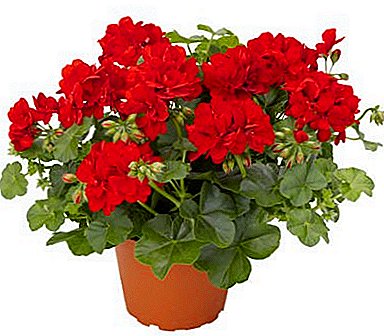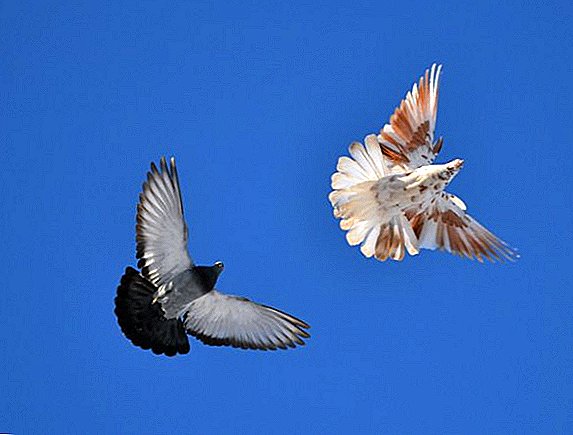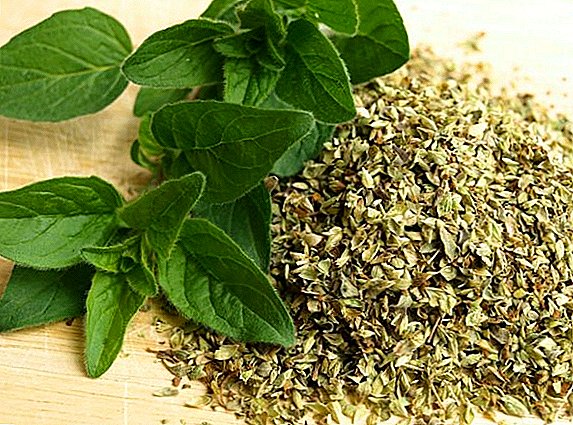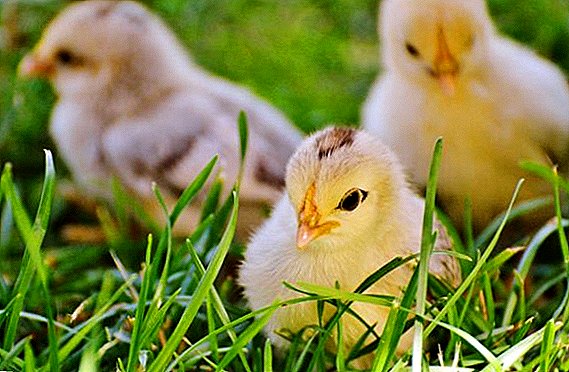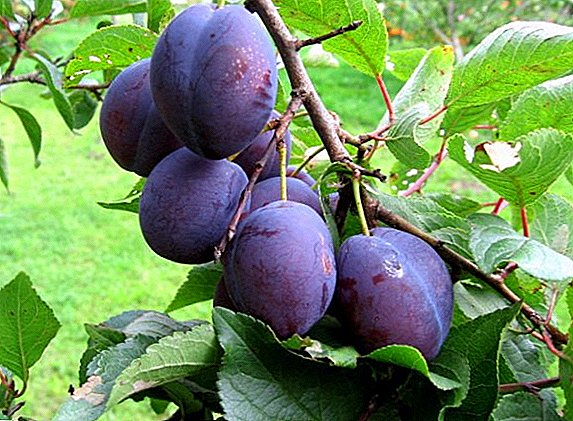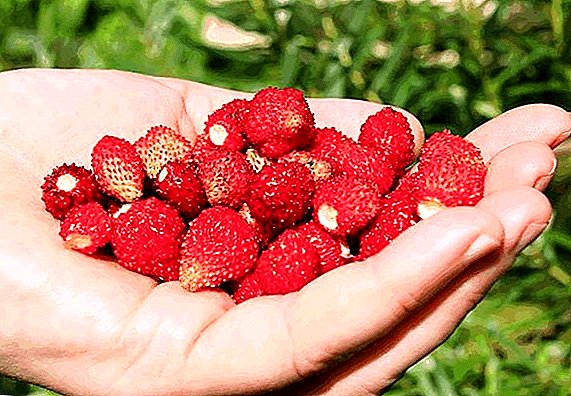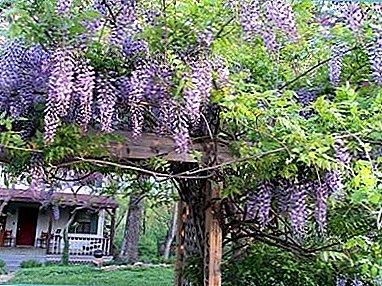
Wisteria is another name - Wisteria. This is a tree-like decorative vine, belonging to the family of legumes. It grows mainly in the subtropics. There are a total of 9 plant species.
Wisteria is often used in landscape design to decorate arbors, fences, arches. She has drooping branches and racemes, reaching 20-30 cm, and flowers resemble moths. During flowering almost no foliage. In height it grows up to 18 m, in volume it reaches 8 m.
Garden care
Wisteria is pretty thermophilic. Comfortably feels in areas with temperatures not below 18 degrees. Therefore, the garden requires careful maintenance.
Landing

Wisteria can be planted in the garden in late spring, after the end of night frosts. Even if the variety is cold-resistant, the sapling should not be planted early.
When planting a wisteria in the garden, you must adhere to some rules:
- place of growth should be sunny. Adequate lighting - a pledge of abundant flowering,
- it should not be in a draft,
- the soil in this place should be nutritious, light and permeable.
A young seedling is planted in a warm and well-humid soil. Fertilizers can be applied during planting.
Within 1-3 months there will be acclimatization and habituation to a new place. At this time there will be no growth. Then, 1-2 years will continue enhanced growth of shoots. In the third year of life, dense wood will begin to form on the trunk.
Watering
In the spring and summer months, watering should be abundant. The soil under the wisteria should be slightly wet. It is impossible to overwet the soil, it may cause the root system to rot. With poor watering will not be able to achieve lush flowering.
With the onset of autumn, watering is gradually reduced. At this time, growth stops and the vine is preparing for wintering.
Air humidity
In the summer months, it is desirable to spray. This procedure will give the greenery freshness and a positive effect on the state as a whole.
Temperature conditions
Wisteria is thermophilic. Feels most comfortable at a temperature of 20-25 degrees. But there are frost-resistant varieties that can withstand lowering the temperature to -20. And yet, so that the plant does not die due to severe frosts, it must be removed from the supports and covered before spring comes.
Fertilizer and dressing

In the spring and summer months, it is advisable to feed the wisteria with complex fertilizers. For fertilizing the soil, you can use organic fertilizers. Once a year, in the summer, it is recommended to water with chalk water. To do this, dilute 100 g of chalk in 10 liters of water.
Lifespan
This liana can be called durable.
Bloom
Wisteria blooms for the first time at the age of three. Japanese wisteria begins to bloom at the age of ten. It has racemes hanging down. All flowers bloom simultaneously in April or early May.
Breeding
Tree liana can be propagated by seed. Choosing this method of reproduction, you need to know that the appearance of flowers occurs very rarely.
The most true way of reproduction - layering. To do this, a one-year-old shoot is selected in spring, an incision is made and bends down to the ground. The soil in which the cuttings are buried should be clay-sod. Retraction is fixed to rooting. Leaves are separated from the mother plant in spring.
Pruning wisteria in autumn
Wisteria is growing very fast. Her shoots must be periodically cut and tie. Creepers are directed and strengthened on a support.
By trimming the vine is given the desired shape. In early spring, before the leaves, shoots are cut off by about 30 cm, in September by another 10 cm. So you can achieve more lush flowering.
Autumn necessarily removed dried twigs.
Preparing for the winter
In autumn, the plant must be prepared for winter. First, dried flowers are removed and dry shoots are cut.
How to cover wisteria for the winter

After pruning the branches of the vine are removed from the supports and stacked around the trunk. Top covered with agrofibre and film, you can optionally fill up with earth.
With the utmost care it is necessary to harbor juveniles. Pour soil around the trunk or pine spruce branches.
At what temperature and what is covered?
There are frost-resistant varieties of wisteria. But even they need shelter for the winter. Prepare for wintering need when lowering the thermometer mark to +5. By this time you need to lower the vines and pour earth around the trunk.
When the temperature approaches 0, That plant can already be covered with agrofibre and film.
Diseases and pests
It is rarely affected by pests or diseases. The most common:
- chlorosis - A disease in which the leaves turn yellow and fall. The reason - the wrong soil, for example, with a high content of limestone.
- powdery mildew affects leaves and shoots. Affected by the disease at high temperature and high humidity.
- renal pyriculariosis very dangerous. Black mold appears on the shoots, flowering stops.
- green aphid appears on the inflorescences, and then the leaves. The first sign of a pest is sticky dew drops.
- clover mite pretty dangerous. The foliage acquires a bronze color, then fades and falls.
Control and treatment
To get rid of chlorosis, fertilizer with iron salts must be applied to the earth. Pour a layer of sand around the trunk.
To prevent the occurrence of powdery mildew and kidney blast disease, thinning of the shoots is performed. It is also worth limiting fertilizing with nitrogenous fertilizers. The affected branches are necessarily cut and burned, and the whole plant is treated with fungicides.
You can get rid of pests only by treating the whole plant with insecticides. The treatment procedure should be repeated after 5-7 days.
Garden Wisteria will be a worthy decoration of your garden. With proper care, she will turn the site into a real fairy tale and will be able to please more than one generation.
A photo
Below you can see a photo of the plant:




- Types of Wisteria
- Wisteria Blue Moon
- Propagation of Wisteria
- Blooming Wisteria
- Planting Wisteria


